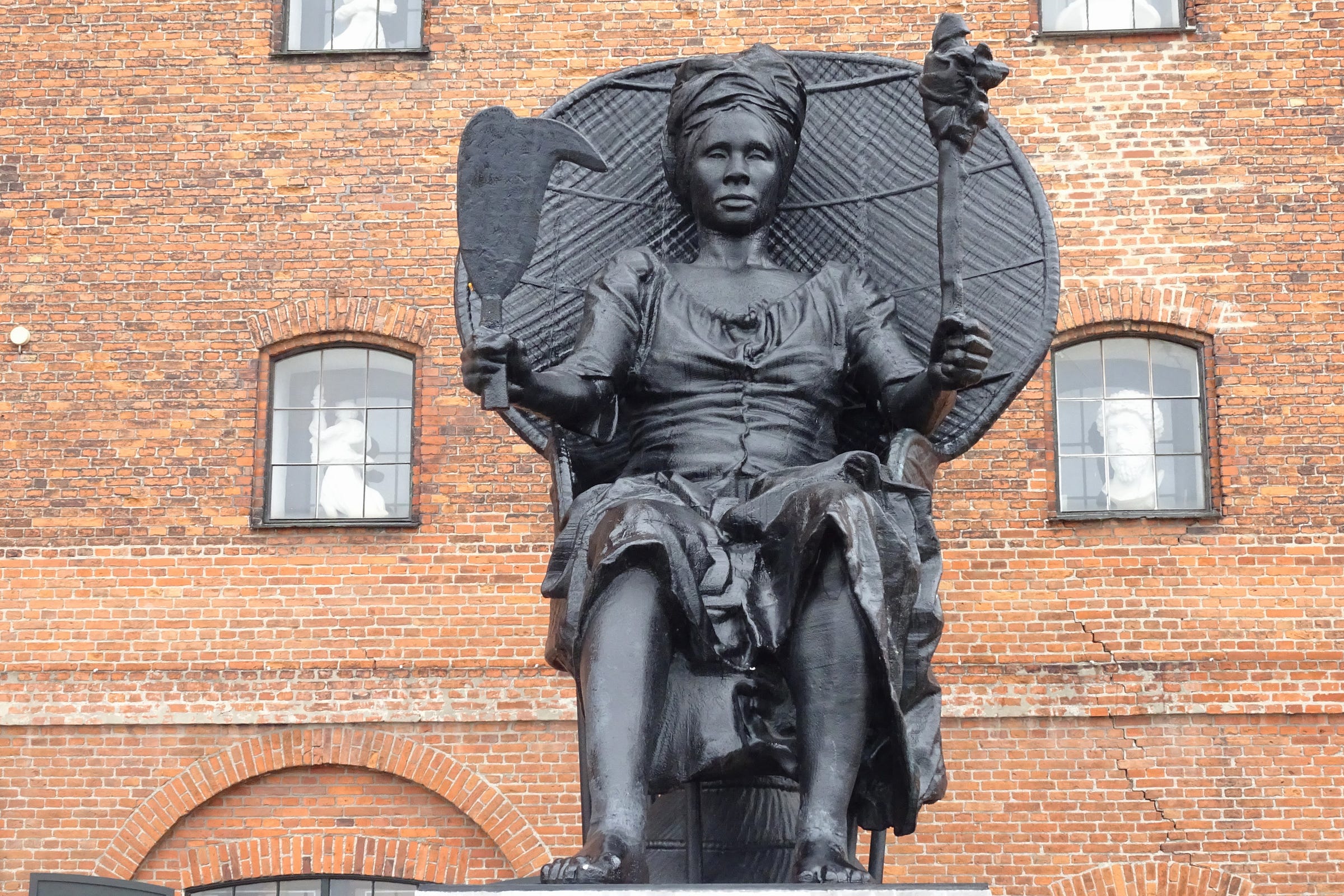
In Copenhagen, Denmark, there’s a monument to a Black woman who led a labor uprising nearly 5,000 miles away. Her name is Mary Thomas, though she was often called “Queen Mary.”
She was born in Antigua in 1848, a bit over a decade after the British, who controlled that Caribbean island, had abolished slavery in their empire. Around the time of her birth, the Danish government decided to end slavery in its colonies. Sometime in the 1860s, Mary arrived on St. Croix, then part of the Danish West Indies (and now part of the U.S. Virgin Islands). However, as in the U.S. later, the end of slavery did not mean the end of racist exploitation.
Shortly after emancipation, the Danes passed labor laws to set salaries and labor conditions for plantation workers. When this sparked a labor shortage, the government made it harder for plantation workers to leave and find employment elsewhere. After negotiations for better wages and conditions fell apart in 1878 as the White overseers refused the demands of the workers, a labor riot broke out that led to more than 50 plantations being burned along with fields of sugarcane. As one of the leaders of what was the largest labor revolt in Danish colonial history, Mary became known as “Queen Mary.” Two other women also received such an honorific: Queen Agnes and Queen Matilda.
Although initially sentenced to death, Queen Mary eventually had her sentence commuted to life and was transferred in 1882 to a women’s prison in Copenhagen. Five years later, she was shipped back to St. Croix to serve her sentence there. And while Denmark’s leaders today mostly try to forget the nation’s legacy of colonialism and slavery, a statue of Queen Mary in 2018 became Denmark’s first public monument to a Black woman.

I Am Queen Mary in Copenhagen, Denmark. (Brian Kaylor/Word&Way)
The monument, I Am Queen Mary, was a collaborative project between two Black women: La Vaughn Belle of the U.S. Virgin Islands and Jeannette Ehlers of Denmark. The 23-foot statue of Queen Mary features her sitting on a throne while holding a cane bill used to cut sugarcane and a torch.
In the monument, Queen Mary sits on top of a plinth that is made from 1.5 tons of coral stones that enslaved Africans cut from the ocean in St. Croix. The stones had been used as the foundations for colonial structures that had since fallen into ruin. Now, they serve as a foundation of a symbol of resistance to such colonialism. From the ruins of colonialism, the artists imagine a different path in a country where 98% of the statues are of White men.
“This project is about challenging Denmark’s collective memory and changing it,” Belle explained.

The rest of this piece is only available to paid subscribers of the Word&Way newsletter A Public Witness. Subscribe today to read this essay and all previous issues and receive future ones in your inbox.






